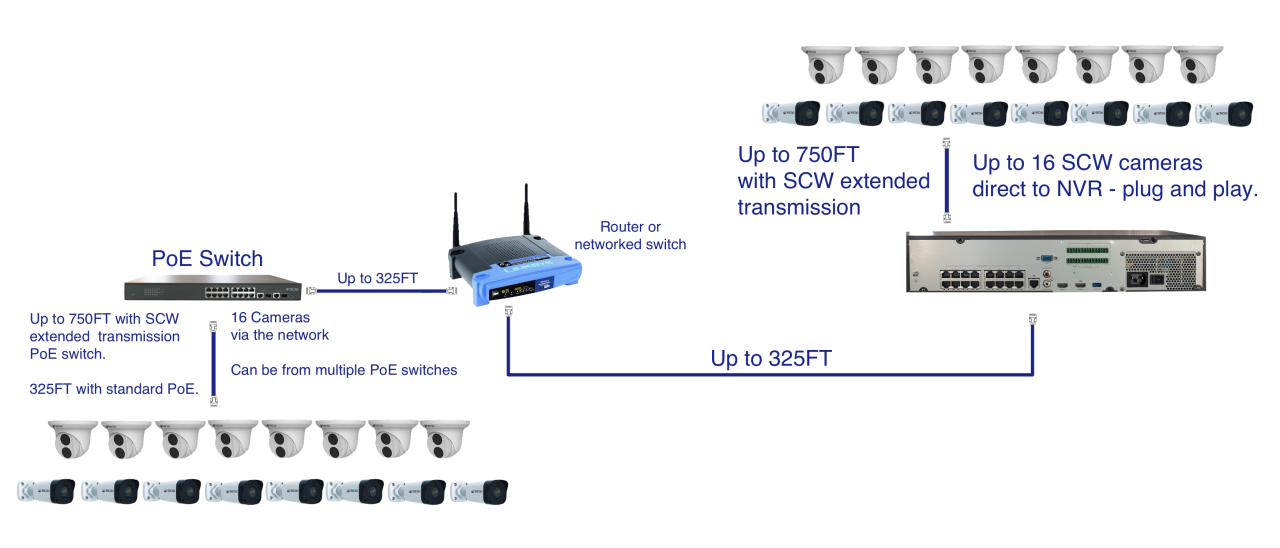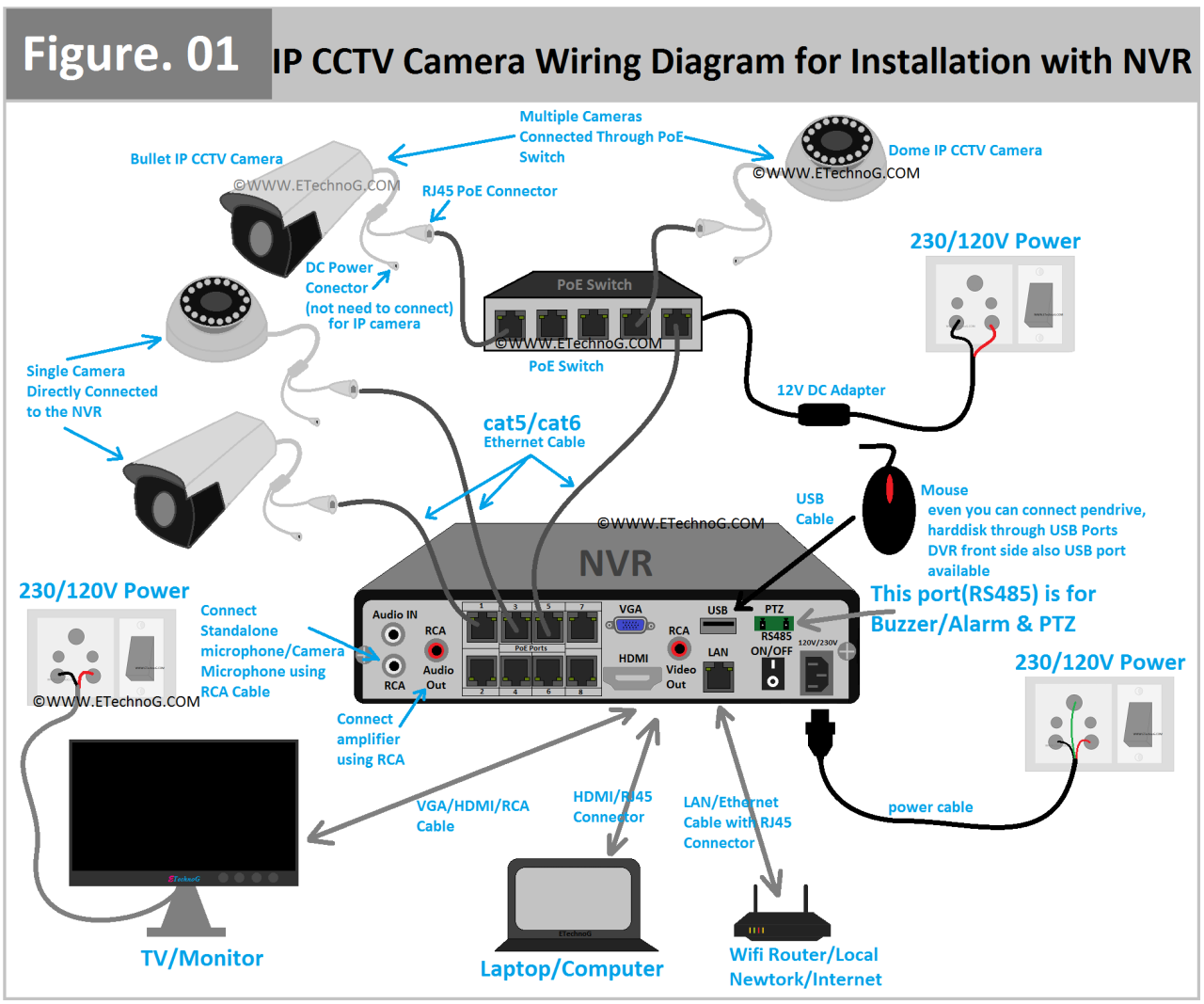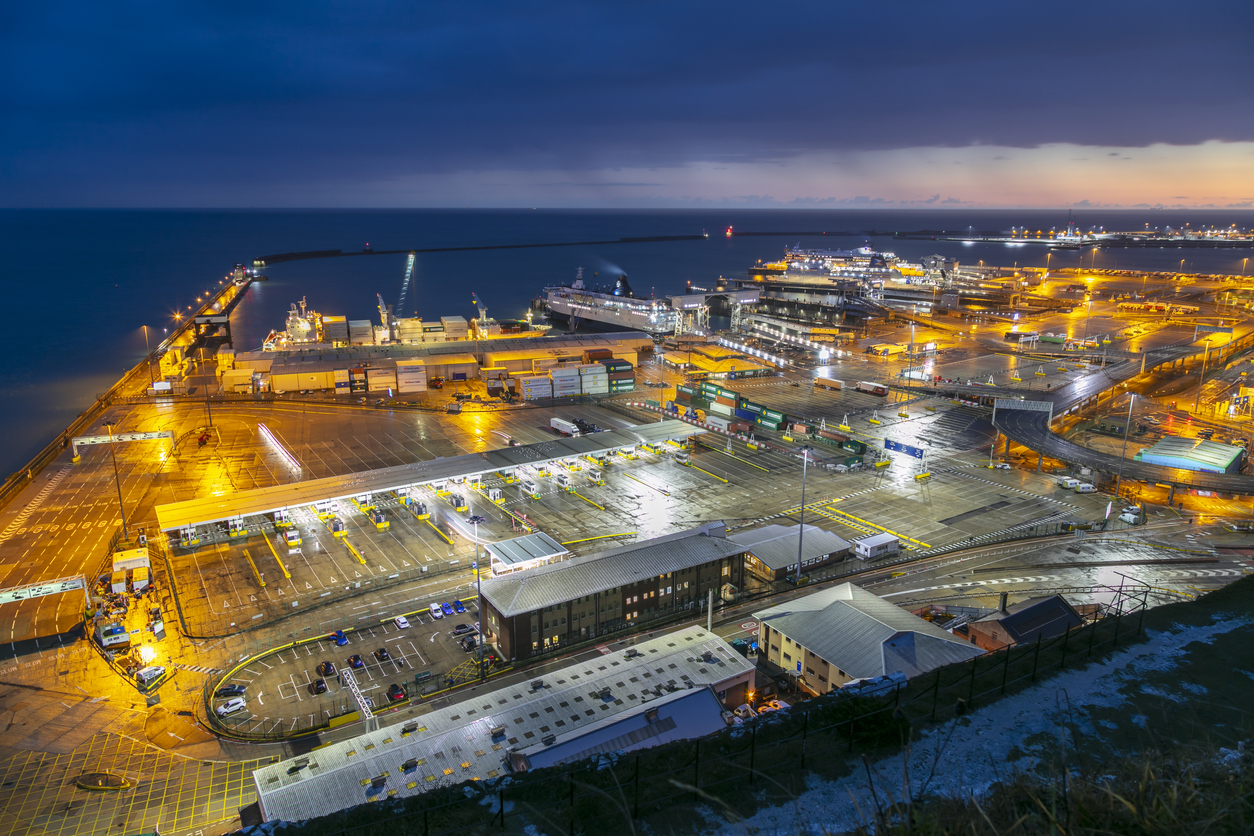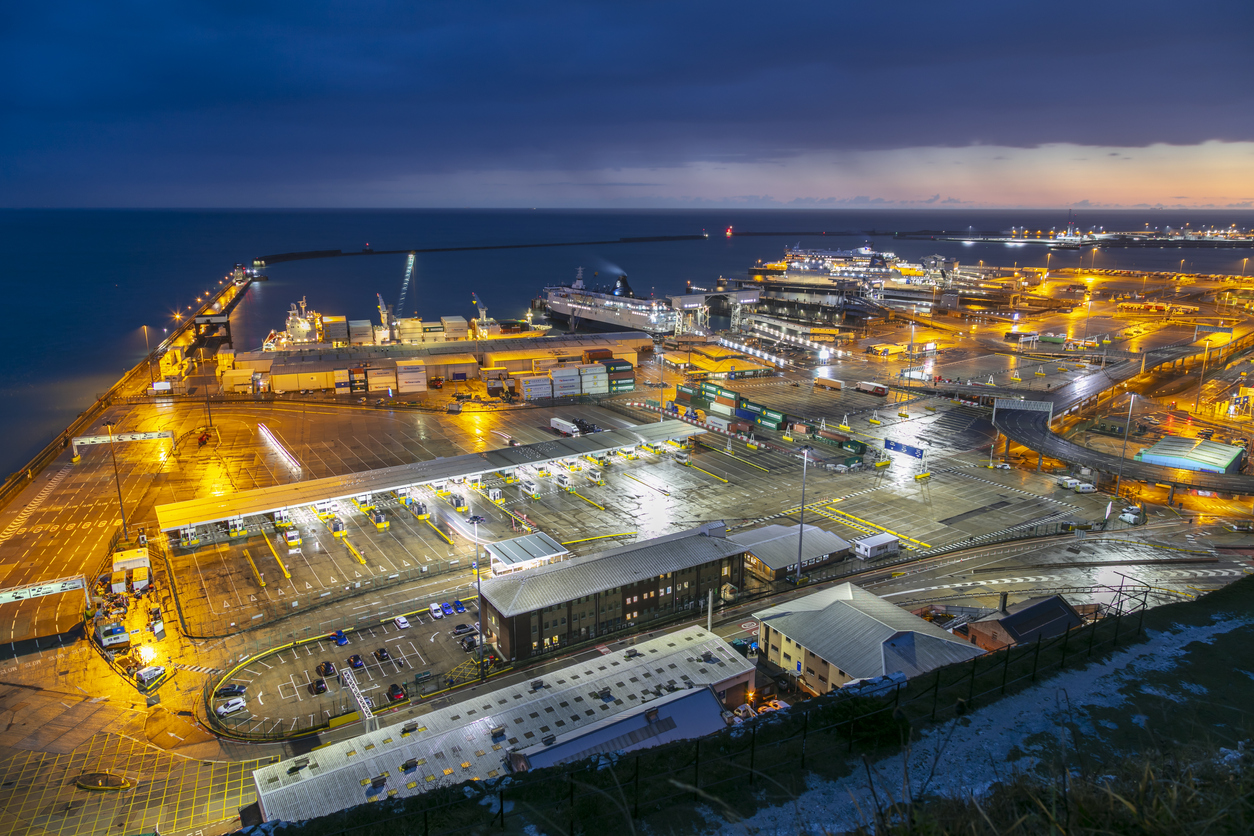Port Dover camera surveillance offers a fascinating case study in balancing community safety, tourism promotion, and individual privacy. This exploration delves into the various types of cameras deployed throughout Port Dover, their intended uses (from security and traffic management to tourism promotion), and the legal and ethical considerations surrounding their implementation. We will examine the infrastructure supporting these systems, their potential impact on local businesses and tourism, and address common concerns regarding privacy and data security.
The analysis will cover the different camera locations – from bustling tourist areas and beaches to quieter residential streets – and detail the diverse technologies employed, ranging from standard security cameras to sophisticated live-streaming webcams. We’ll also consider the potential integration of these systems with other municipal services, such as emergency response, and explore the development of a comprehensive marketing strategy leveraging the enhanced safety and security provided by these camera networks.
Port Dover Camera Locations and Types
Understanding the deployment of camera systems in Port Dover requires examining their locations and the types of cameras used. This analysis will provide insight into the overall surveillance strategy of the town.
Camera Locations in Port Dover, Port dover camera

Cameras in Port Dover are strategically placed in high-traffic areas to maximize their effectiveness. Common locations include the bustling tourist areas along the waterfront, popular beaches like Erie Beach, and key intersections along the main streets. Residential areas generally have fewer cameras, prioritizing public spaces.
Types of Cameras in Port Dover
The camera systems deployed in Port Dover likely encompass a variety of technologies tailored to different surveillance needs. Security cameras, often employing CCTV technology, are prevalent in business districts and public spaces to deter crime and aid in investigations. Traffic cameras monitor vehicular flow at busy intersections and potentially enforce traffic regulations. Webcams, providing live views of the town, are used for tourism promotion and community engagement.
Port Dover Camera Deployment Summary
| Location | Camera Type | Purpose | Estimated Number |
|---|---|---|---|
| Waterfront Tourist Areas | CCTV Security Cameras, Webcams | Security, Tourism Promotion | 20-30 |
| Erie Beach | CCTV Security Cameras | Public Safety, Crowd Monitoring | 5-10 |
| Main Street Intersections | Traffic Cameras, CCTV Security Cameras | Traffic Management, Security | 15-25 |
| Downtown Business District | CCTV Security Cameras | Crime Deterrence, Business Security | 30-40 |
Port Dover Camera Usage and Purpose
The utilization of cameras in Port Dover serves multiple crucial purposes, enhancing security, managing traffic flow, and promoting tourism.
Security Applications of Port Dover Cameras
Cameras significantly contribute to security in Port Dover. They act as a deterrent to crime, allowing for the identification of suspects and the collection of evidence in case of incidents. Real-time monitoring enables rapid response to emergencies and enhances the overall sense of safety for residents and visitors.
Traffic Monitoring and Management
Traffic cameras play a vital role in optimizing traffic flow in Port Dover, particularly during peak seasons. Analyzing traffic patterns helps identify congestion points and inform decisions on traffic management strategies. This data can be used to improve road infrastructure and optimize traffic light timings.
Tourism Promotion and Attraction Showcasing
Webcams and strategically placed cameras offer live views of Port Dover’s attractions, such as the picturesque waterfront and the vibrant downtown area. This promotes tourism by providing potential visitors with a real-time glimpse of the town’s beauty and activity. High-quality images and videos can also be used in marketing materials.
Benefits of Live-Streaming Cameras

Live-streaming cameras offer several benefits. They provide real-time updates on weather conditions, traffic situations, and special events, informing residents and visitors alike. They also create a sense of community by allowing people to connect with the town remotely.
Legal and Ethical Considerations of Port Dover Cameras
The deployment of camera systems in Port Dover necessitates careful consideration of legal and ethical implications, particularly regarding privacy.
Legal Framework for Surveillance Cameras
The legal framework governing the use of surveillance cameras in public spaces in Port Dover likely aligns with provincial and federal laws in Canada, emphasizing the balance between public safety and individual privacy. Specific regulations may dictate the permissible locations for cameras, data retention periods, and notification requirements. Compliance with these laws is crucial.
Ethical Implications and Privacy Concerns
Widespread camera surveillance raises ethical concerns about privacy. The potential for unauthorized access to camera feeds, data breaches, and the chilling effect on freedom of expression need to be addressed through robust security measures and transparent data handling practices. Public awareness and education are key to mitigating these concerns.
Comparison with Other Towns
Privacy regulations in Port Dover are likely similar to those in other towns of comparable size in Ontario. However, specific ordinances and policies may vary. A comparative analysis of privacy regulations across similar municipalities can provide valuable insights for best practices.
Potential Privacy Risks
- Unauthorized access to camera feeds.
- Data breaches leading to the exposure of personal information.
- Facial recognition technology misuse.
- Lack of transparency regarding data collection and usage.
- Potential for chilling effects on freedom of expression.
Impact of Port Dover Cameras on Tourism and Businesses
The implementation of camera systems in Port Dover can significantly influence both tourism and local businesses, presenting both opportunities and challenges.
Enhancing the Tourist Experience
Cameras can enhance the tourist experience by providing a sense of security and safety. Live-streaming webcams showcasing attractive locations can attract more visitors. Clear, well-lit areas monitored by cameras can make tourists feel safer, encouraging longer stays and increased spending.
Impact on Local Businesses

For businesses, cameras offer improved security, deterring theft and vandalism. Clear footage can be crucial for insurance claims and investigations. However, excessive surveillance might raise privacy concerns among customers, potentially impacting business reputation. A balanced approach is crucial.
Improved Safety and Security for Businesses
High-quality camera footage can be invaluable for businesses in case of incidents. This evidence can assist law enforcement and provide crucial information for insurance claims. The presence of cameras can also deter potential criminals.
Hypothetical Marketing Campaign
A marketing campaign could highlight Port Dover’s commitment to safety and security, showcasing the use of cameras as a means of ensuring a safe and enjoyable experience for both residents and visitors. The campaign could emphasize the town’s proactive approach to safety, promoting a positive image and attracting tourists.
Discussions surrounding Port Dover camera surveillance often involve considerations of privacy and security. The recent incident involving a drone shot down in NJ highlights the complexities of airspace management and the potential for unauthorized aerial surveillance. This incident raises questions about how similar concerns might apply to ground-based camera systems like those in Port Dover, emphasizing the need for clear regulations and responsible deployment.
Technical Aspects of Port Dover Camera Systems
The technical infrastructure supporting Port Dover’s camera network is critical for its effective operation and data management.
Infrastructure Requirements
The infrastructure would involve a network of strategically placed cameras, connected via fiber optic cables or wireless networks to a central server. This server stores recorded footage and manages data transmission. Power supply and backup systems are essential for uninterrupted operation.
Data Storage and Transmission
Data storage could utilize a combination of local servers and cloud-based storage solutions, ensuring redundancy and scalability. Transmission methods would likely include fiber optic cables for high-bandwidth connections and wireless technologies for remote locations. Data encryption is crucial for security.
Integration with Other Technologies
Integration with emergency services is highly desirable. Real-time camera feeds could be accessed by police and fire departments during emergencies, enabling faster response times and improved situational awareness. Integration with traffic management systems is also beneficial.
Simplified Port Dover Camera Network System Diagram
Imagine a central server located in the town hall. This server receives data from various cameras throughout the town. Cameras in the downtown core are connected via fiber optic cables, ensuring high-speed data transfer. Cameras in more remote locations, such as Erie Beach, use wireless connections. The server stores data, allowing authorized personnel to access footage remotely.
The system is designed for redundancy, with backup power and storage solutions in place. Data is encrypted to protect privacy. The system is integrated with the local police department, providing real-time access to critical camera feeds during emergencies.
Ultimately, the effective and responsible deployment of a Port Dover camera network hinges on a delicate balance. Prioritizing transparency, adhering to strict privacy regulations, and engaging the community in open dialogue are crucial for fostering trust and maximizing the positive impacts of this technology. By carefully considering the legal, ethical, and practical implications, Port Dover can leverage camera surveillance to enhance safety and promote its vibrant tourism sector while respecting the privacy rights of its residents and visitors.
Helpful Answers
What types of data are collected by Port Dover cameras?
The specific data collected depends on the camera type and its purpose. This could include visual recordings, timestamps, and potentially other metadata depending on the system’s configuration.
How long is camera footage stored?
Discussions around Port Dover camera surveillance often bring up concerns about privacy and safety. The recent incident involving a nj drone shot down highlights the complexities of airspace management and the need for clear regulations. This underscores the importance of responsible use of all surveillance technologies, including those deployed in areas like Port Dover.
Data retention policies vary depending on local regulations and the camera system’s design. Footage may be stored for a set period (e.g., 30 days) before being automatically deleted or archived.
Who has access to the camera footage?
Access is typically restricted to authorized personnel, such as law enforcement and municipal staff, with strict protocols in place to ensure responsible use and data protection.
What happens if there is a privacy breach?
Procedures for handling privacy breaches should be clearly defined and include incident reporting, investigation, and remediation efforts to mitigate any harm.
